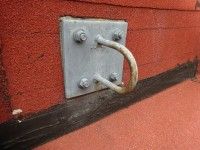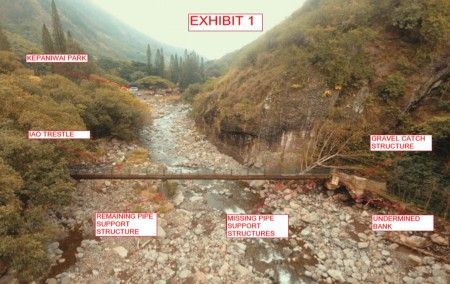Considering Solar Power? Consider the Structural Requirements.
Solar, or photovoltaic, power can be a highly effective alternative power source in those areas where electrical costs are high, such as Hawaii and California, or for those people or businesses that wish to operate independently or “off the grid”. While many think that using solar power means simply attaching solar panels onto a roof, there are building and structural regulations that must be met prior to installation. These building code requirements are in place to safeguard owners from potentially catastrophic damage to their homes or commercial sites, caused by improper or unsupported installations.
To meet photovoltaic installation guidelines, your engineering procurement contractor must have a certified structural engineer evaluate the installation site where the heavy solar panels will be located. Whether roof- or ground-mounted, the engineer will determine what structural modifications are required to accommodate the weight of the solar installation. This could entail designing the footings and foundations for ground-mount panels or determining the additional structural supports required for roof-mount installations.
Environmental Considerations
The structural engineer also will take into consideration any weather conditions that may impact both the panels and the structure to further ensure the safety and security of the installation. For example, in areas like Hawaii, solar panel mountings must be able to withstand a tropical, coastal environment that is subject to stresses that could include:
- Hurricanes
- Earthquakes
- Tsunamis
A Hawaii-based roof installation must be able to both hold the solar panels UP from falling through the building, as well as DOWN from hurricane-force winds. A ground installation, on the other hand, must be solid and durable to withstand the tremors of a possible earthquake.
For installations in colder conditions, the structure must be able to support the weight of both the solar panels themselves, as well as any snow or ice that may fall on top of them. These are all things that only an experienced structural engineer can determine, which is why state building codes require their sign-off on photovoltaic installations.
Ensure Building Code Compliance
Make sure that the engineering procurement contractor for your solar panel installation is following code guidelines. If they do, you can look forward to enjoying the benefits of solar power for many years to come without worrying if the installation could be damaging your building:
- Use a contractor that has a structural engineer on retainer – a professional who will review the installation, make structural recommendations and sign off on the final installation to ensure compliance.
- Hire an independent structural engineer who can provide an unbiased evaluation of the structure designed to hold the solar panels – this is helpful in private installations and recommended for major installations at commercial sites.
K2N Crest specializes in creative problem solving in the practices of architectural design, structural engineering, architectural engineering, interior renovation, forensic engineering and roof consulting. Building owners and managers throughout Illinois and Hawaii look to K2N for their architectural, structural and roof evaluation needs. www.k2n.com


